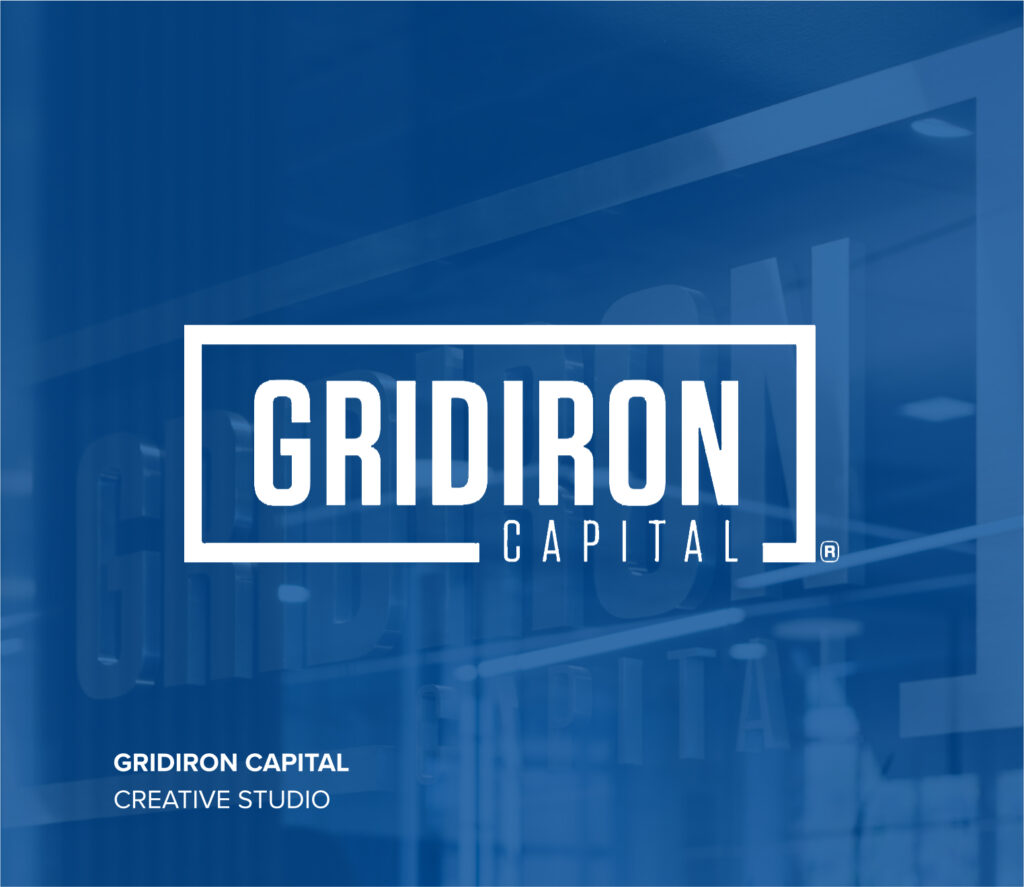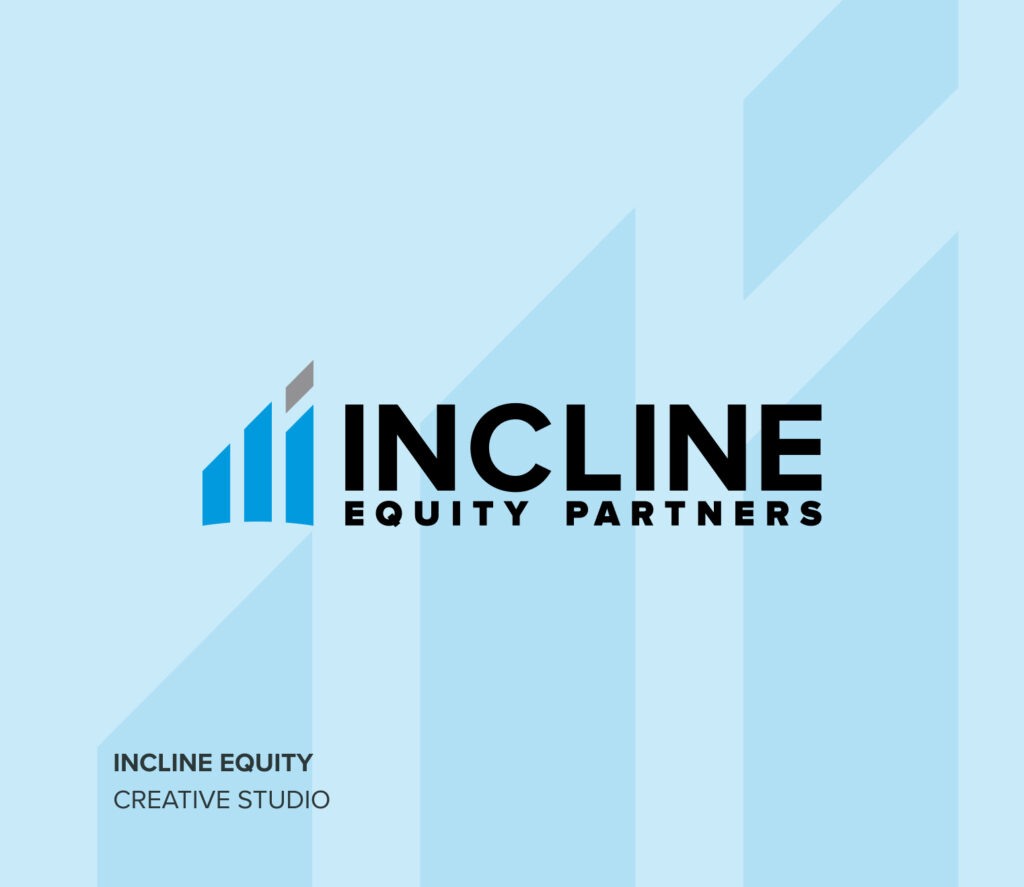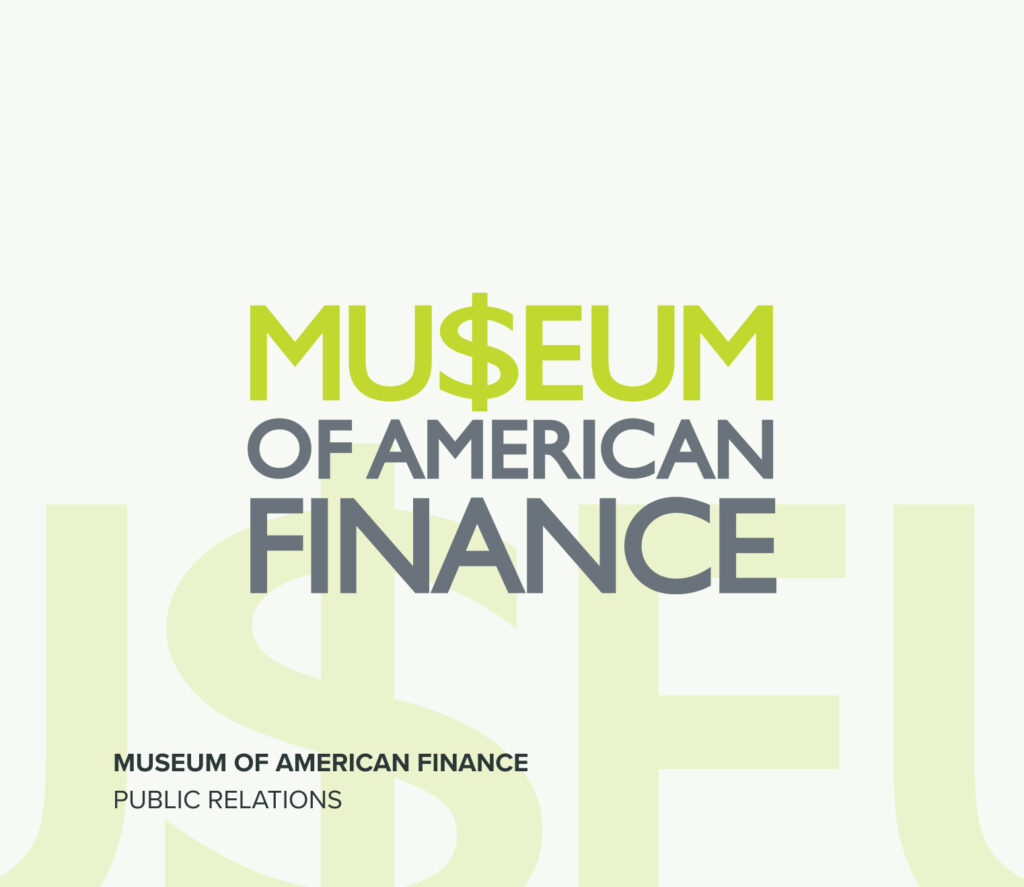PR Is the New SEO. And Vice Versa.
There’s a shift happening in digital strategy. It’s understated, but fundamental. PR and SEO are no longer operating in parallel lanes. As AI reshapes how visibility, trust, and brand authority are built, the two functions are moving closer together, whether teams realize it or not.
Beyond Backlinks and Keywords
The days of treating PR as just media coverage and SEO as just technical optimization are over. Search engines no longer rely on links and keywords alone – they evaluate signals of expertise, consistency, and credibility. That’s the space PR already operates in.
You don’t need a backlink for a media mention to count. AI systems are now sophisticated enough to interpret context. A quote in the Financial Times or Bloomberg sends a strong trust signal because of the brand’s association with high-value commentary. That mention becomes part of your digital footprint, and informs how your brand is summarized, ranked, and surfaced in search.
AI Overviews and the Rise of Contextual Trust
AI-driven search is rising quickly. As of March 2025, Google’s AI Overviews appear in over 13% of all search queries, nearly double what they were in January. Around 88% of those are informational searches. That’s where PR thrives: credible commentary, thought leadership, and expert interviews. However, it’s not just about appearing; the tone, frequency, and alignment of those mentions all shape how algorithms decide who gets included in the answer box (AI Overviews) and who gets cited in the AI interfaces (ChatGPT, Perplexity, etc.).
So we need to change how we work. Not by replacing the fundamentals, but by connecting the dots. It’s no longer enough to measure PR by coverage volume and SEO by keyword rankings. The real question is: are we building a digital presence that machines, and people, read as authoritative?
What Integration Looks Like in Practice
This is where integration becomes practical. Let’s say your team lands a great piece of coverage or your spokesperson is quoted in a national outlet. What happens next? Are your SEO leads involved in unpacking how that exposure supports your search themes? Is your website reflecting the tone and topics being established externally? Are you drawing inspiration from that media coverage to shape content that meets future search demand?
Too often, the functions are still siloed. PR chases headlines and SEO chases rankings. Some of the most forward-thinking brands in 2025 are taking a more connected approach. They’re using search data to influence PR strategy and making sure the voices they elevate in the media also support their search objectives. Instead of measuring success through backlinks alone, they’re looking at brand mentions, topical authority, sentiment and whether they’re being cited in AI-generated answers
This doesn’t mean reinventing PR, but applying it with a broader lens. If an executive is credible enough for a national journalist, they should be visible enough for a large language model (LLM) summarizing trusted voices in your sector. That consistency is what builds reputation both in the press and in search.
Final Thought: Authority for Humans and Algorithms
And that’s the opportunity here. Not to blend PR and SEO into one generic discipline, but to build workflows that connect the dots. When earned media is created with search in mind, and search efforts are shaped by the brand’s actual voice, you gain more than visibility. You shape how your brand is understood across every touchpoint, from the SERP to the newsroom.
So the question is: Are your teams building a brand that earns trust from both humans and algorithms? Want to find out more about this topic? Contact Chloe Polo, Associate Director at Vested.


